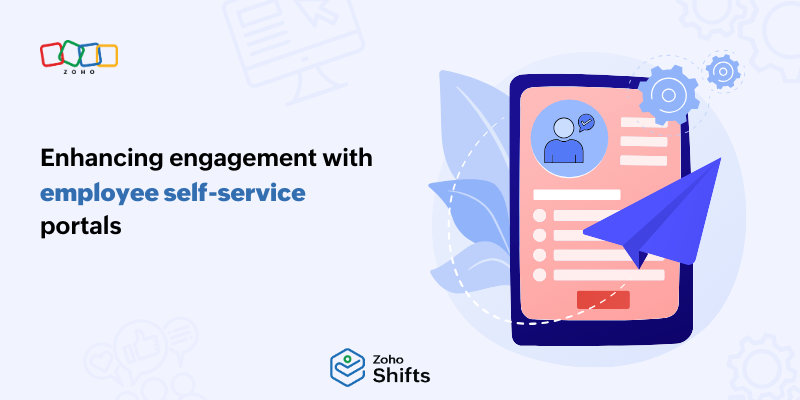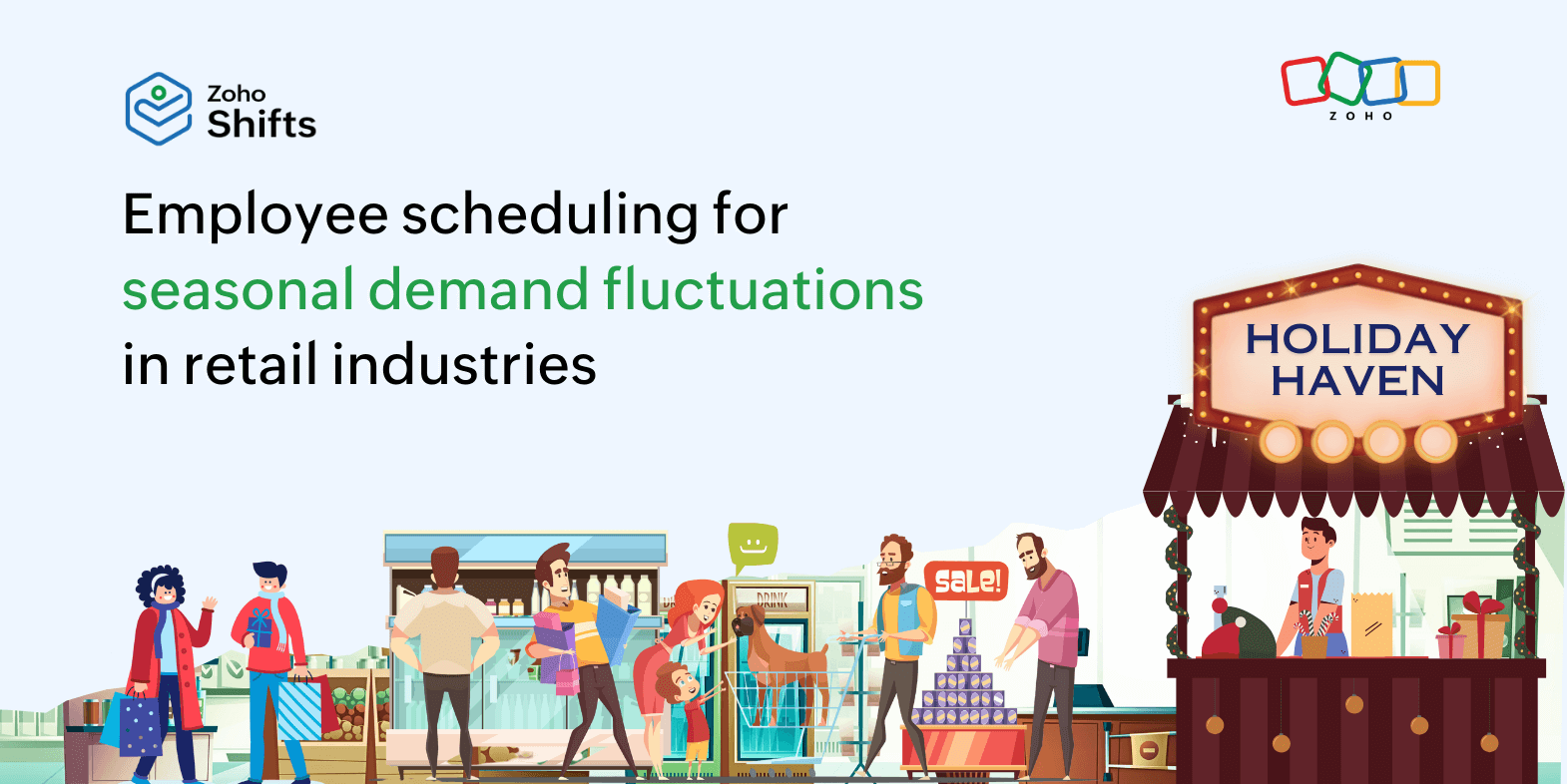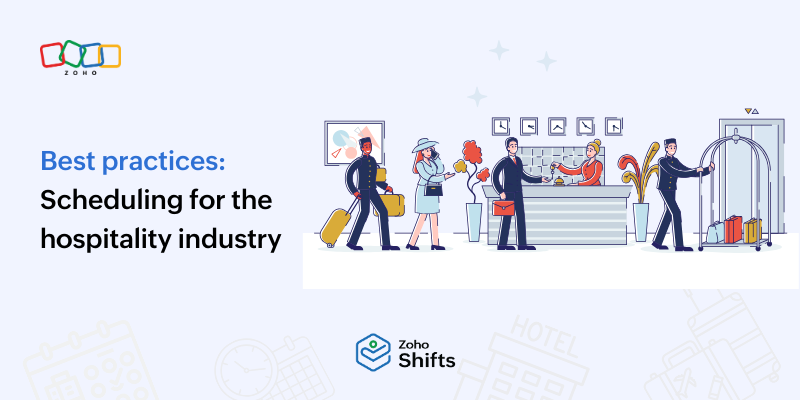- HOME
- Industry Resources
- Enhancing engagement with employee self-service portals
Enhancing engagement with employee self-service portals
- Last Updated : October 5, 2023
- 401 Views
- 4 Min Read

In order to run a successful business, employee engagement is key. This holds true regardless of the nature of the business. A disengaged workforce often leads to decreased output. Meanwhile, an engaged workforce increases company profits by 21%.
Effective shift scheduling is vital to a well-run organization and significantly impacts employee engagement levels. However, many companies still use spreadsheets or other manual methods to create and manage schedules. Only 18% of the businesses in the US that schedule shifts use software to manage the process. Almost 45% of shift workers get their schedules on a piece of paper.
Employee scheduling software simplifies creating and managing complex schedules for teams of all sizes. Maintaining all schedule records in one place makes it simpler to track and audit work records. Plus, shift scheduling software offers users a significant advantage with the self-service portal for employees.
What are employee self-service portals?
Employee self-service (ESS) portals give employees the freedom to perform certain tasks, like viewing personal and payroll information, without contacting HR. With ESS portals, employees have the freedom to perform a number of operations and manage information on their own.
Here are some of the actions that can be performed through an employee self-service portal with shift scheduling software, like Zoho Shifts.
View schedules: Employees can view their work schedules in advance once they are published. This gives them time to plan for upcoming shifts.
View timesheet data: All employee timesheet data can be viewed as needed. If there are any questions about their clocked hours, they can quickly inform the concerned staff.
Add shift preferences: Employees can choose to add their availability and request their preferred shifts. This is helpful for shift managers when they're drafting schedules.
Pick up open shifts: Employees can pick up open shifts as and when they please, provided they do not have any overlapping shifts.
Swap shifts: Employees can communicate about their schedules and swap shifts.
Add time off requests: Employees can request time off by providing some relevant details. The request will be automatically sent for approval to the shift managers.
Offer shifts: Available shifts can be offered to anyone on the team.
Break management: Employees can simply add their breaks whenever they are taking some time to recuperate. These can be paid or unpaid breaks, subject to the approval of the shift administrator.
With self-service portals, employees can view shift schedules, manage time off, raise requests for swapping shifts, offer a shift to someone else, or pick an open shift, all from one place.
Benefits of an employee self-service (ESS) portal
A self-service portal within your employee scheduling software offers a host of benefits to employees and shift managers alike.
Increase transparency
Employees feel empowered when they have more control over their information. This also does away with the intervention of the HR team for every small scheduling or time-off request. All the data on attendance and clocked hours is readily available to employees.
Reduce administrative work
ESS portals make life easier for shift managers and HR personnel. By giving employees access to perform some basic operations, managers can focus more time and effort on higher-value tasks.
Improve accessibility
One of the main benefits of ESS portals is accessibility. Most employee scheduling software is cloud-based, meaning all you need to access it from the device of your choice is an internet connection. This is especially useful for businesses that operate from more than one location or for companies that work from the client location.
Manage time off more effectively
Instead of sending out emails and filling out forms every time an employee needs some time off, managers can prompt employees to simply enter the relevant details in the ESS portal. The approval process is automatically initiated when employees submit their request. Time off is automatically updated and both the manager and employee will have access to the time off data.
Maintain work-life balance
With the self-service portal, employees are aware of their schedules as soon as they're published. This helps them to plan ahead for life outside of work.
An employee self-service portal can help businesses focus on growth and reduce the time spent on simple administrative tasks. Implementing a portal can give employees a sense of ownership and help improve business productivity. But before choosing an ESS portal, it's important to identify the needs of your organization and pick the most appropriate software. There may be a learning curve involved for employees to get used to the self-service portal. This is why the app's support team should be able to help employees get familiarized with the platform. Employee scheduling software with readily available support, like Zoho Shifts, can be an ideal solution to take your business to the next level.


